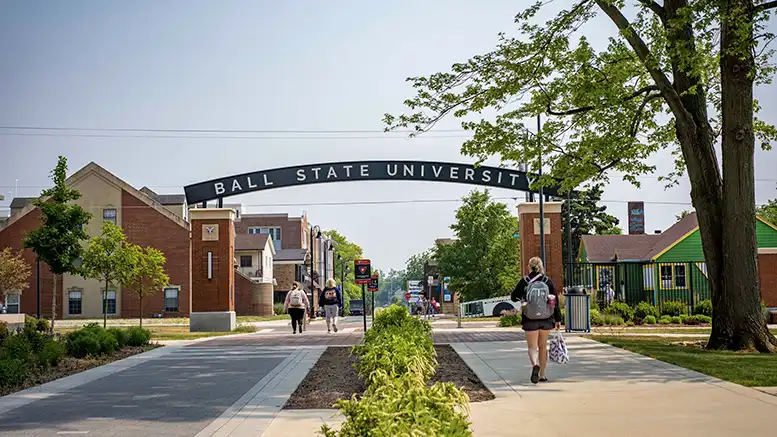By Ball State University Communications—
MUNCIE, IN – A new report from Ball State University researchers reveals that more than half of the housing units created or rehabilitated using historic rehabilitation tax credits (HRTC) for income-producing properties in Indiana have been designated for low- to moderate-income households.
This key finding underscores the role these tax credits play in addressing housing affordability and revitalizing distressed communities across the state.
The study, conducted by experts from the Center for Business and Economic Research (CBER) and the Center for Historic Preservation, examines decades of HRTC program activity overall and in 10 Indiana cities, and emphasizes how these credits have been instrumental in both commercial restoration and affordable housing development.
“This research highlights how historic rehabilitation tax credits not only preserve Indiana’s architectural heritage, but also create tangible benefits for communities in need,” said Dr. Seth B. Payton, a CBER research associate and lead author of the study. “By supporting the creation of affordable housing and attracting investment to underserved areas, these credits play a crucial role in fostering economic growth and improving the quality of life for residents.”
Key takeaways from the report include:
- Housing Impact: Since the mid-1980s, historic rehabilitation tax credits have contributed to the creation or rehabilitation of more than 7,200 housing units across Indiana, with half designated for low- to moderate-income households. “These credits are a viable way to create more housing and should be part of communities’ housing strategies,” Dr. Payton said.
- Investment in Distressed Neighborhoods: Projects using HRTCs have historically attracted investment to some of Indiana’s poorest neighborhoods. “Our analysis of tax credit projects in the 10 Indiana cities where they were most used showed that these investments typically occurred in the most difficult neighborhoods to attract investment,” said Dr. Dagney Faulk, CBER’s director of research.
- Potential for State-Level Tax Credits: Indiana’s state-level HRTC for income producing properties expired in 2016, reducing the full potential impact of these initiatives. “If Indiana had a viable state-level historic rehabilitation tax credit, similar to those in surrounding states, it would significantly enhance the attractiveness of these projects to developers,” explained J.P. Hall, director of the Center for Historic Preservation and associate professor in Ball State’s Estopinal College of Architecture and Planning.
The report also shows that the use of the state’s residential historic rehabilitation tax credit has grown since it became available in 2002, affecting more than 300 owner-occupied properties statewide, stimulating investment and preserving the state’s architectural heritage.
The full report, “Historic Rehabilitation Tax Credits in Indiana,” is available on the CBER website.
For more information, contact Dr. Payton at seth.payton@bsu.edu or 765-285-4304.
Since its inception in 1970, Ball State’s Center for Business and Economic Research has been a trusted source for high-quality, nonpartisan, data-focused research, analysis, and visualization. For more information, visit the CBER website, call 765-285-5926, or email cber@bsu.edu.
Ball State’s Center for Historic Preservation engages in preservation projects that promote economic development and strengthen community identity across the Midwest. Since its founding in 2004, the center has become a trusted resource, offering services such as historic structure reports, preservation plans, and heritage tourism support, while providing immersive learning experiences for graduate students.
About Ball State
Founded in 1918 and located in Muncie, Ball State University is one of Indiana’s premier universities and an economic driver for the state. Ball State’s 20,000 students come from all over Indiana, the nation, and the world. The 790-acre campus is large enough to accommodate first-rate facilities and 19 NCAA Division I sports, but our welcoming and inclusive campus is small enough to ensure the friendliness, personal attention, and access that are the hallmarks of the University. Destination 2040: Our Flight Path establishes Ball State’s ambitious goals for our second century. We Fly!



